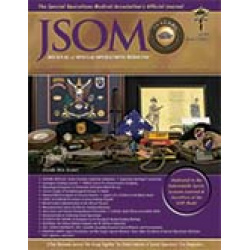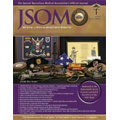Update on Minimalist Running Shoes
21(3). 107 - 110 (Journal Article)
This article provides updated information comparing minimalist running shoes (MRS) to conventional running shoes (CRS). Our previous review found that, compared with running in CRS, transitioning to MRS resulted in lower energy cost and less ground contact occurring at the forefoot, resulting in lower impact forces. There was some increased risk of injury with MRS, although data were conflicting. A more recent 26-week study involved 30 trained runners using CRS and 31 using MRS. The proportion of training time in the assigned shoes increased by 5% each week. After the first 6 weeks of transition (35% of training time in the assigned shoe), energy cost was lower and 5-km running time faster in MRS compared with CRS. No further improvement occurred from weeks 6 to 26. There were no significant differences in injury incidence in the two groups (CRS = 37%, MRS = 52%; p = .24). Running-related pain was higher in the MRS group in the knee, shin, calf, and ankle and increased at these locations as running mileage increased. Risk of injury in MRS increased as participant body weight increased. These more recent data suggest that MRS can improve performance, but most runners should limit running in MRS to 35% of training time and in situations where optimal performance is desired (e.g., races, fitness tests).


 English
English 




